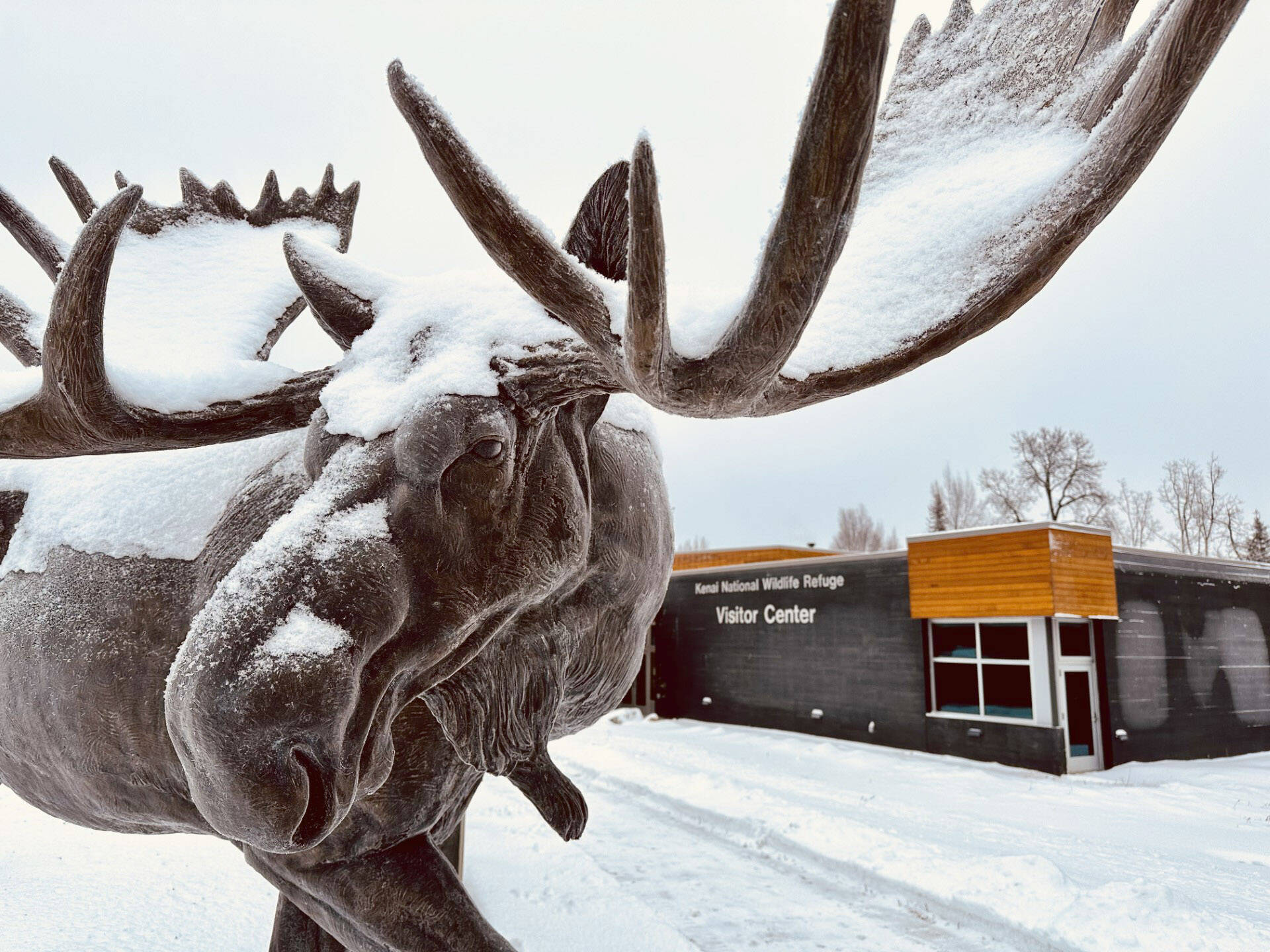Whether they were pulling my leg or not, a couple of years ago, my kids started asking me questions like, “Mom, did you have phones when you were my age?” and, “How did you buy stuff when there wasn’t the internet?” We laughed, and I explained my analog childhood to them both.
Then they escalated the teasing until we now have a phrase, “Back in the 19s,” that they use to start all these comparison conversations. Of course, they picture the 1900s as being so far back in time that nothing familiar to them could have possibly existed. In some ways, they are right.
Our daily lives are strikingly different from the early 1900s when horse-drawn carriages were the standard mode of travel. We hardly remember when cameras were novel. Now, they are merely an app on the smartphone in our pocket.
But most adults still think 1980 was just a couple of decades ago. (I’m sorry to say it’s more like four decades!) However, some things on our collective timelines serve as markers to help us keep track of where we’ve been and where we are going.
Familiar to each of us, we can look “Back in the 19s” and see one thing we all share: the nearly 2 million acres of protected public land we now call the Kenai National Wildlife Refuge. In the 19s, we need to go all the way back to 1902 when an experienced big game hunter, Dall DeWeese, from Ohio, noticed moose, bears, sheep and mountain goats disappearing from the landscape he loved to visit.
Mr. DeWeese petitioned the U.S. Congress to protect wildlife on the Kenai Peninsula before they were overhunted. In a letter to President Theodore Roosevelt, he said, “This is a subject that appeals to every ‘true-blue sportsman,’ every lover of animal life, and all those who see beauty in nature, embracing forests, plains, and mountains throughout our entire country, and while woods, plains, and mountains naturally beautiful, we all agree that they are much more grand and lifelike when the wild animals and birds are present…There is much yet for us to do; to resolve is to act. Let us be up and at it.”
This letter was the start of something big. Just 35 years after the U.S. purchased the territory of Alaska from Russia, efforts for long-term conservation of this beautiful landscape were underway. It would be another 39 years before our next stop in the 19s to Dec. 16, 1941.
Only nine days after the bombing of Pearl Harbor, long-term protection on the Kenai Peninsula became official. President Franklin D. Roosevelt designated more than 1.7 million acres as the Kenai National Moose Range to protect the “giant Kenai moose.” World events meant it was several more years before the moose range would get a manager and staffing.
From there, changes in the timeline of the Kenai Peninsula sped up. Soon, a road would connect Anchorage to the Kenai Peninsula, and then another would go west through the moose range and open this landscape to more residents.
As we continue our tour through the 19s, 39 years after the Kenai National Moose Range’s first establishment, the Alaska National Interest Lands Conservation Act renamed and expanded the Moose Range to the Kenai National Wildlife Refuge.
This change included establishing 1.32 million acres as Kenai Wilderness and expanding the refuge’s purposes. The refuge now exists to conserve the variety of wildlife and their habitats and to promote scientific research, environmental education and training.
Despite the challenge of believing it so, we are now another four decades past this moment on our timeline. Our human population on the Kenai Peninsula is growing nearly 1% each year, drawn here by the same landscape that called to Dall DeWeese, the same mountains, the same forests and the same plains that provide habitat to a diverse wildlife community.
While the 19s fade into the past, we look forward to witnessing the next decades together. My kids are a part of this greater timeline, though they see only the last decade in their mind’s eye. The “19s” were times of fables and old stories. They spend more time looking forward than back. They look to the future, to their future as Kenai Peninsula residents.
While they report fresh moose tracks coming down our driveway and watch the bulls browsing in the “old” Funny River burn in autumn, they are bearing witness to the same landscape that Dall DeWeese wrote about, and President Roosevelt signed into protection, for you and I to enjoy year-round recreation today.
As we acknowledge the 82nd anniversary of what we now call Kenai National Wildlife Refuge, I encourage you to think back to moments on your timeline, “Back in the 1900s”, to your youth or your parents’ youth.
The Dena’ina used counting cords made of sinew and leather to make notes of important moments in their lives. Each knot tied in the cord would serve to remind them of a first hunt, a new adventure, a new skill acquired.
As you take a moment to enjoy past moments, please join me in celebrating the first hike, hunt, cast, campout, flight, adventure, first memory that a future person will experience and store on their timeline made possible by the conservation of this most special place, the Kenai National Wildlife Refuge.
Leah Eskelin is the Visitor Center Manager and a Park Ranger at the Kenai National Wildlife Refuge. You can find more information on the Refuge at http://kenai.fws.gov or http://www.facebook.com/kenainationalwildliferefuge. Look for Refuge Notebook articles on the first and third Fridays. Find past Refuge Notebook articles (1999–present) at https://www.fws.gov/kenai-refuge-notebook.

